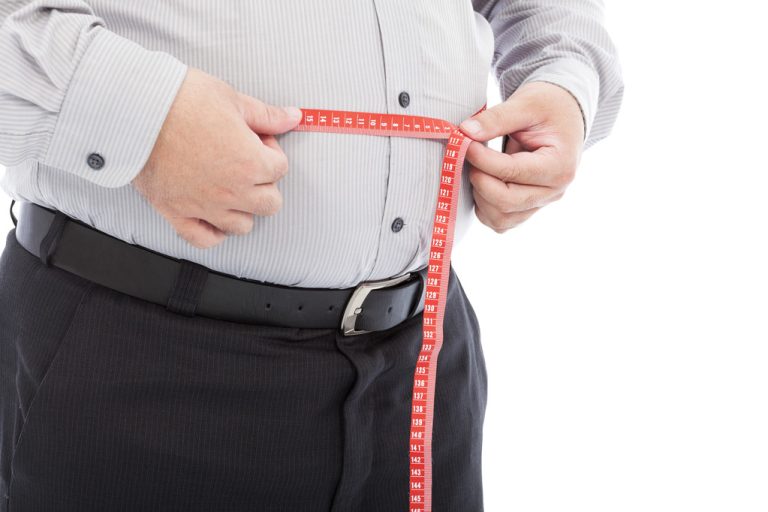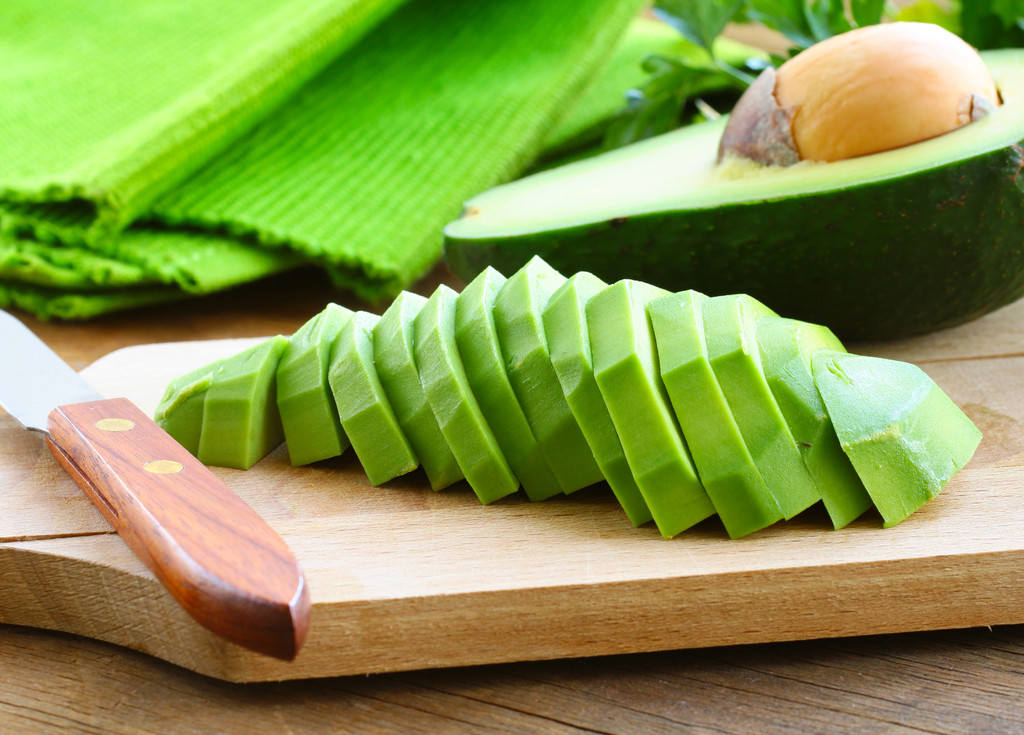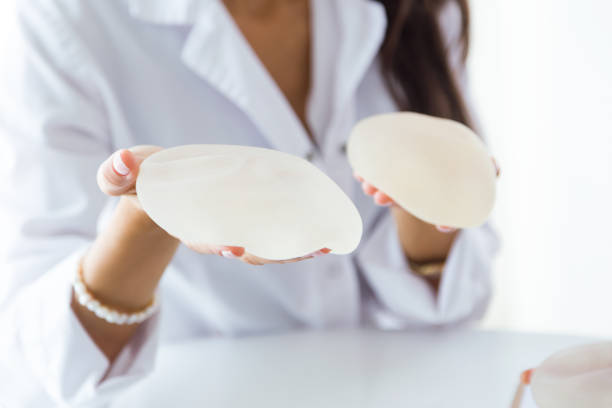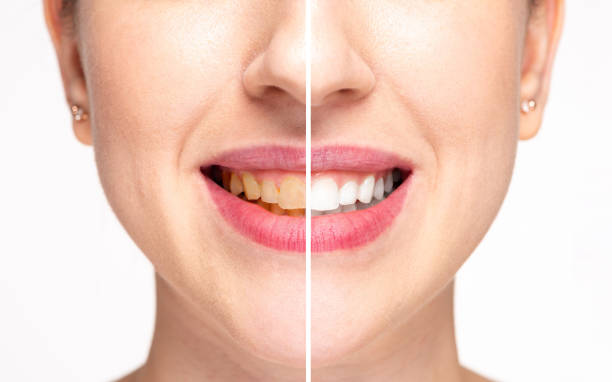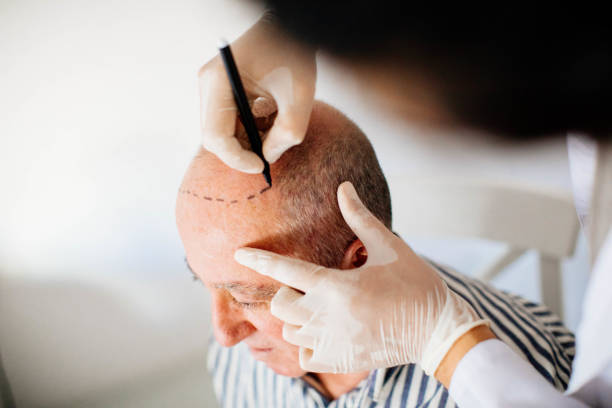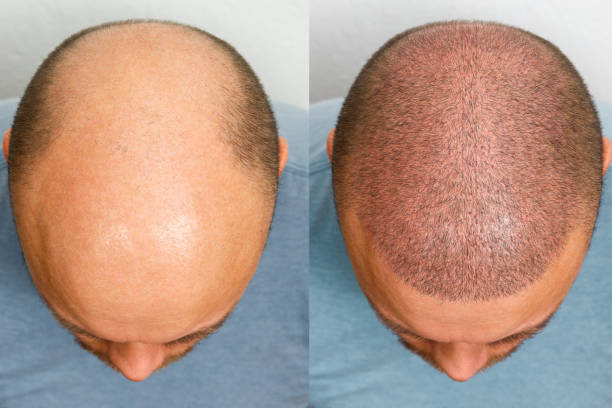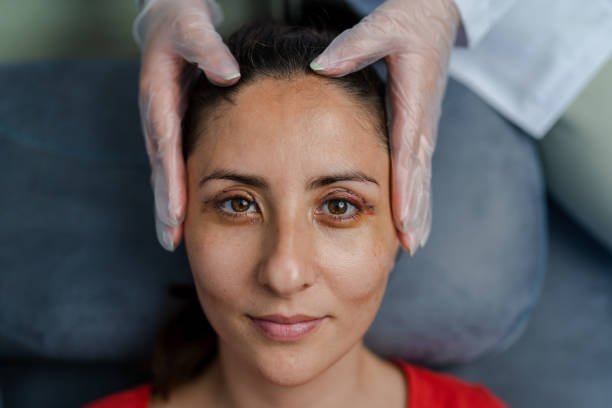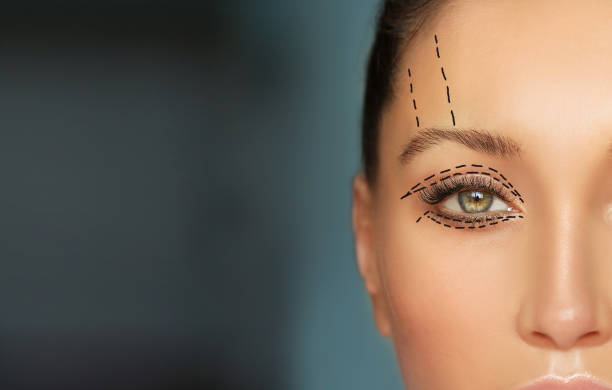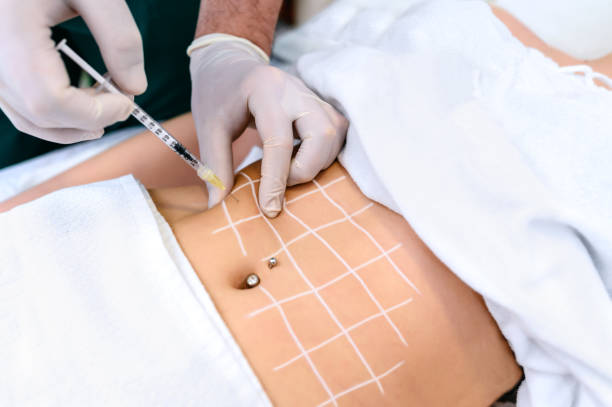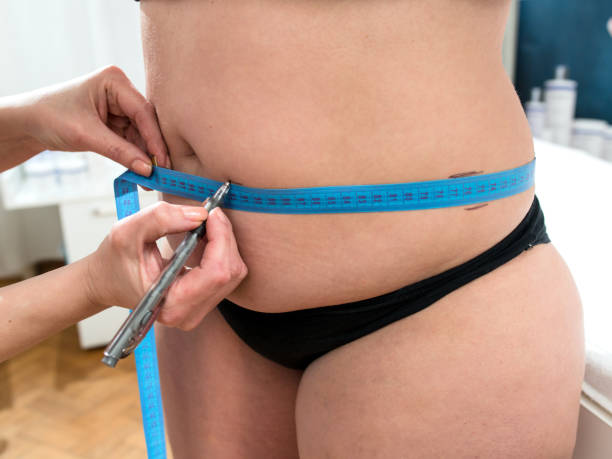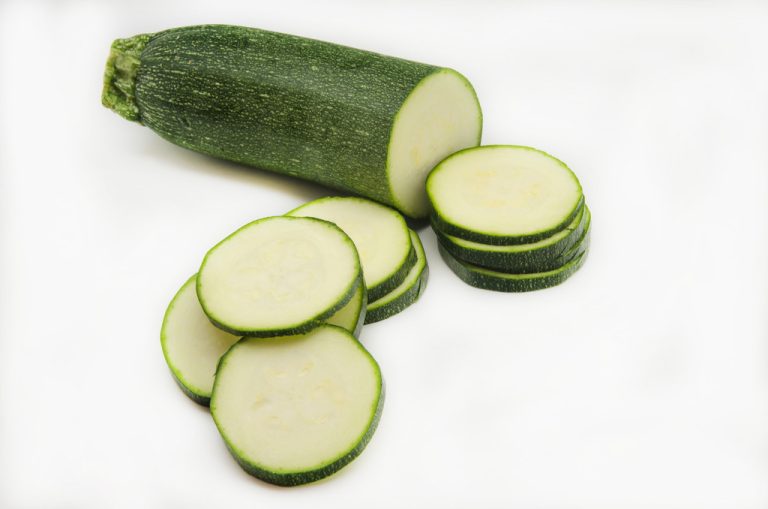A small beer belly doesn’t matter – or does it? Doctors warn of the severe effects of obesity on our health. Belly fat in particular can be dangerous because it increases the risk of life-threatening diseases.
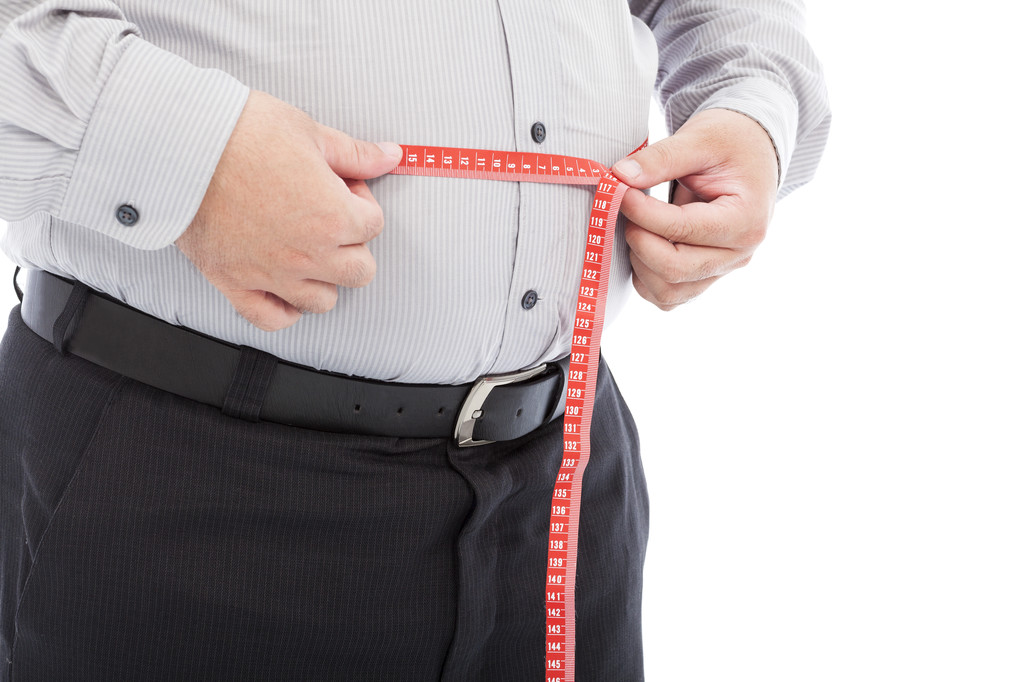
Danger to life from abdominal fat: Increased risk of heart attack
The messenger substances set inflammatory processes in motion. “Toxic accumulations in the liver and, in the worst case, liver failure can occur,” says Matthias Blueher, an endocrinologist at Leipzig University Hospital. When abdominal fat is accompanied by high blood pressure, altered lipid metabolism values and elevated blood sugar, doctors speak of metabolic syndrome.
Even three of the four factors increase the risk of a life-threatening heart attack or stroke. The metabolic syndrome is therefore also referred to as the “deadly quartet”. In addition, too much abdominal fat promotes the development of diabetes. And the risk of a tumor is also higher.
Doctors differentiate between internal and external abdominal fat
However, belly fat is not just belly fat. Doctors differentiate between internal and external abdominal fat. The outside is easy to grip with the fingers. It is subcutaneous fatty tissue – the famous rolls of fat. “The inner abdominal fat is actually dangerous because it is not noticeable at first,” says Blüher.
Everyone can measure for themselves whether the proportion of abdominal fat is too high or not. A tape measure is placed at the waist between the ribs and pelvic bones. If the waist circumference is less than 94 centimeters for a man and less than 80 centimeters for a woman, everything is fine. “It becomes critical when the waist circumference of a man is over 102 and a woman over 88 centimeters,” explains Riedl. Then it is essential to reduce your own weight.
Avoid alcohol and heavy meals
Men aged up to 50 are particularly prone to internal abdominal fat. This is probably due to the sex hormone testosterone. “There is also increasing evidence that the development of internal abdominal fat is hereditary,” says Blüher. In addition to genetic factors, a diet that is too high in sugar and fat and too much alcohol such as beer also play a role.
If you want to lose weight and thus reduce your belly fat, you should therefore not drink alcohol for a while and avoid lavish meals. A healthy and balanced diet with lots of vital substances and minerals is beneficial. Because sugar and white flour cause blood sugar to rise, health-conscious people prefer to eat less.
Squats and bench presses for less belly fat
But nutrition is not everything. Movement is just as important. “Physical activity is a guarantee that the belly fat will be reduced,” says Prof. Ingo Froboese from the German Sport University in Cologne. The most important basic exercises of strength training include squats as a strength exercise for the legs or the so-called bench press for the entire upper body.
Ideally, those who want to lose weight are instructed by a trainer during the exercises. Sports such as walking, running, cycling or swimming can be used to improve endurance. The training should take place at least three times a week – around 45 minutes each time. The longer you train, the better for your body.
Vibration training – i.e. training on a vibrating plate – can also contribute to weight loss. The body muscles are vigorously shaken up, which can contribute to fat burning. But staying passive on the record doesn’t help much. “Instead, the body has to be moved on the device,” explains Froboese. This is sweaty and should definitely be done under the guidance of a fitness expert, at least the first time.

Choose a sport that suits you
Physician Riedl considers it important that the sport in question suits you. Anyone who has to bring themselves to go swimming should consider whether walking might not be a better choice. But it also has to be clear: “In order to lose 530 kilocalories from a bar of chocolate, you have to jog for 57 minutes or cycle for 76 minutes.” The best training is of little use if the diet is not adjusted as well. Froboese summarizes: “Eating and trimming, both have to be right.”

